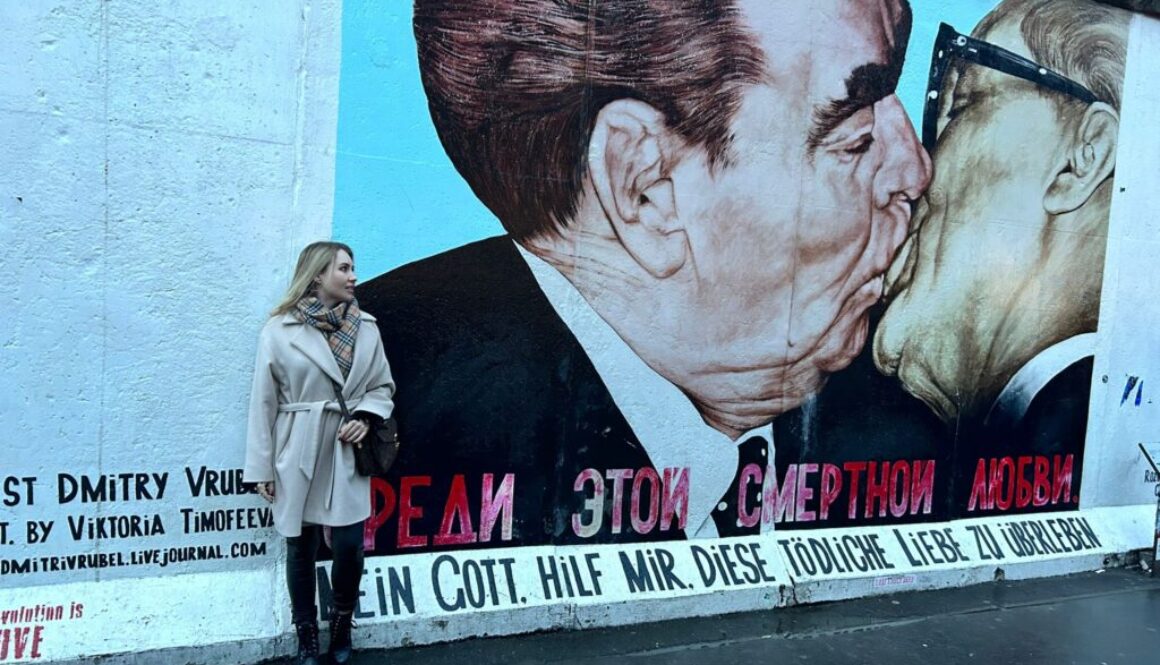Discovering Berlin’s Iconic Street Art Scene: Notable Murals and Their Historical Significance
Are you interested in discovering Berlin’s rich street art scene? You’re in luck because this city features numerous murals and graffiti that showcase its creative present and tumultuous past. In this article, we will explore some of the most famous and noteworthy murals in Berlin, such as the ones found at the East Side Gallery, Kreuzberg neighborhood, and Oberbaumbrücke bridge. Berlin is a must-visit for street art lovers with a vast outdoor gallery and international festivals.
The East Side Gallery is an excellent example of Berlin’s street art scene, with over 100 murals on display, making it the world’s longest outdoor gallery. These murals symbolize Berlin’s newfound freedom post-Berlin Wall in 1989. Berlin’s murals make a statement about its past and present, showcasing people’s resilience and creativity.
In the Kreuzberg neighborhood, street artists have turned many buildings into canvases for their murals, creating a well-known street art scene. Two of the most famous murals in this area are the “Kreuzberg Tower” and the “Turkish Market Mural.” Urban Nation, another must-visit destination for street art enthusiasts, showcases both indoor and outdoor murals that celebrate urban art. Their collection is continually evolving, with rotating exhibitions adding fresh artwork to the mix.
Annual Berlin Mural Fest draws global artists to create fresh and exciting pieces. This festival also offers tours of the city’s top murals, providing visitors with an opportunity to discover the latest and greatest street art pieces.
The Oberbaumbrücke bridge is home to several large murals painted in 2019 as part of the “Art Ache” festival. Murals showcase local scenes, history and culture; a must-see for street art fans.
During my last visit to Berlin, I had the chance to discover one of the city’s most popular murals – “Го́споди! Помоги́ мне вы́жить среди́ э́той сме́ртной любви́” (“My God, Help Me to Survive This Deadly Love”). Next, Berlin’s controversial mural depicting Soviet and East German leaders kissing passionately. This provocative graffiti has become a popular attraction for visitors, drawing mixed reactions from the public.
Some view it as a representation of unity and peace, while others find it distasteful and offensive. Regardless of one’s interpretation, this mural remains a symbol of Berlin’s unique and complex history. Similar to the Fraternal Kiss mural, it symbolizes reunification but is controversial. Nevertheless, it still stands as an iconic representation of the historic events that occurred during the fall of the Berlin Wall, reminding us of the city’s unique and complex history.
Let’s chat about Berlin’s Street Art.

